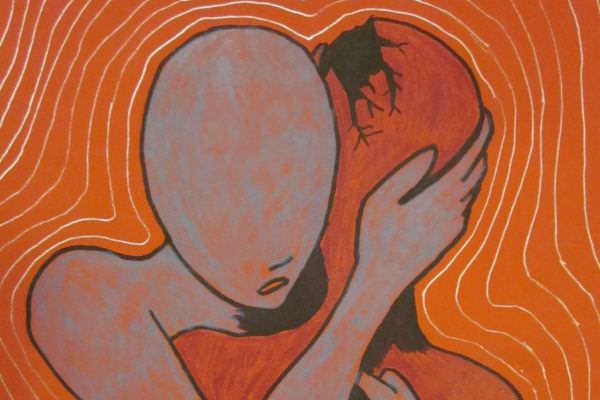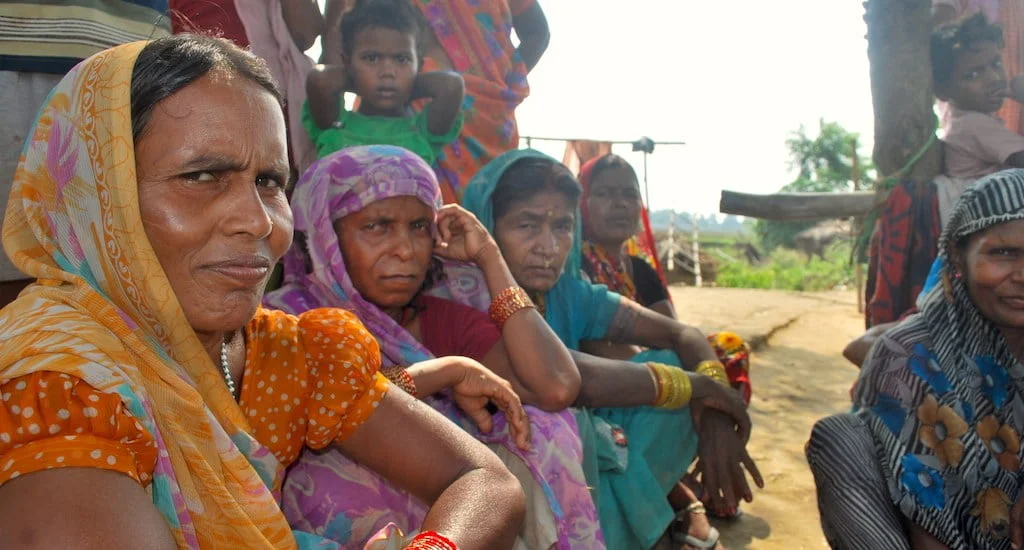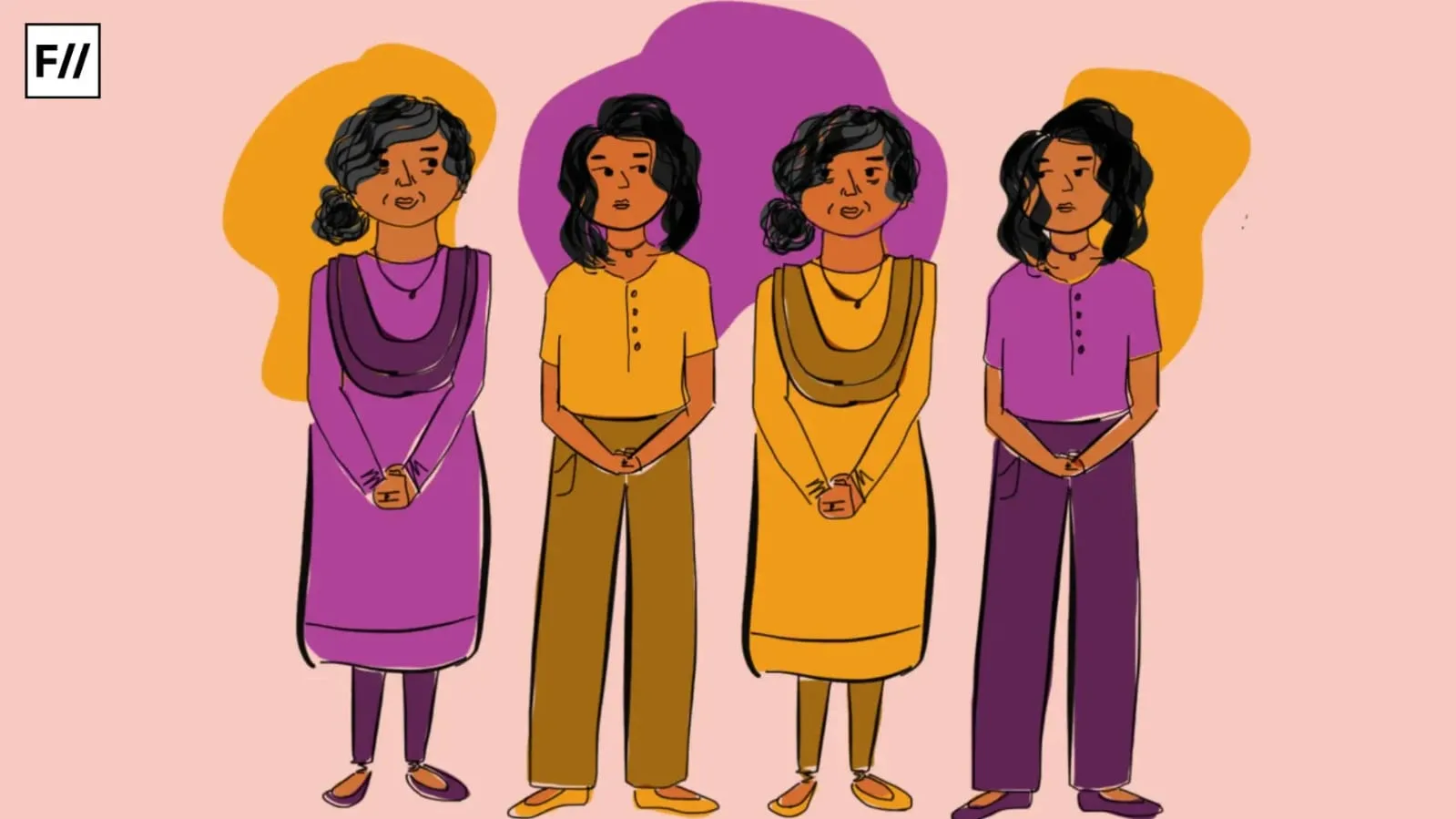The murder of Otera Bibi, a person with an intellectual disability, vivified my memory about violence that has been perpetrated against persons with intellectual disabilities in my community. Otera Bibi, who resided in the same district me, was lynched by an angry mob who assumed that she was a child snatcher. Though the incident happened in the month of June, I learned about it only recently from an old newspaper.
There are some heart-wrenching incidents of recent violence suffered by persons with intellectual disabilities in my village. A depressed housewife had her hair shaved off forcefully by her father-in-law because he believed that her long hair was attracting witches who were affecting her temperament.
In my village, a teenage boy with an intellectual disability was unable to earn for his family and instead, caused losses in his father’s shop by having a tantrum and throwing thing,s breaking them. He was beaten by his father with an iron rod. He was locked up in an attic, placed in shackles and not fed for days. Later, somehow, he stirred an emotional chord in his parents’ hearts and they sought treatment for him.
There was the story of Kajali. Her screams could be heard from our house. Curious spectators blocked the way from my house to the narrow passage of Masjid Gail (Mosque Road). I was pressing on and making my way to see why she was screaming. My mother grabbed my hand and took me home, saying in a warning voice: “Don’t go there. Ghosts have possessed her. You know Kajali has become a witch”.
I never saw Kajali-di’s face. My childhood imagination
A portion of society believes that intellectual disabilities are caused due to the person’s possession by evil spirits.
When I grew up, I got to know that the people around Kajali had lost their humanity. Despite the fact that a doctor stated that she was ill, her family provided a very cruel and unconventional method of treatment.
They brought a witch doctor who bound her to a pole in the courtyard of the masjid. He inserted burnt red chilis into her nose and constantly hit her with a broomstick, repeating spells to banish the “evil spirit” thought to be inside her.
Amidst this torture, Kajali was remembering her lover. She was convinced that he would come to rescue her. She whispered: “Amar Jalal asbe” (My Jalal will come). Jalal, who left her for a girl with a big dowry and never again showed his face. But Kajali, who was traumatized by the breakup, could not cope with the heartache.
With uncombed hair, untidy clothes, and roaming the streets alone at night, she caused speculation in the neighbours’ minds that a jinn had possessed her. Her family and neighbours dished out extreme mental and physical torture to expel the imaginary jinn, which only led to her death at a very young age. It was in late 2000. The police did not show up nor did they investigate, calling it a “family affair”.
These are examples of how social stigma around mental health often leads to violence toward persons with intellectual disabilities. It is hard to believe that one of the causes of stigma is still superstitious beliefs. A portion of society believes that intellectual disabilities are caused due to the person’s possession by evil spirits.
Also Read: Why Celebrate World Mental Health Day?
I have seen some persons with intellectual disabilities who have been sent to religious leaders, which often leads to wrong treatment and sometimes even to mental and physical torture. Even if people are challenged or struggle with their mental well being, and even if they are aware that they can’t cope with their overwhelming emotions, instead of going to a counsellor they would go to the Maulana in my area.
Many of the people here haven’t heard the word counsellor and even if some have heard it, they would presume that the word implies that the person is “mentally retarded”. This is the main reason why I feel the importance of bringing awareness and activism regarding mental health to rural areas.
The Mental Healthcare Bill 2016 would guarantee free treatment to the people living below the poverty level. I don’t know how people living in rural areas and needing services will be able to benefit from the bill if there is still no open discussions about mental health in these isolated places.
If those suffering are not aware of what mental health is, or what treatment is available, how can they ask for treatment? I personally believe that if the rural population can successfully be made aware of the dangers of physical illnesses such as, for example, polio and HIV, they can also be made about mental illness.
An aspect of governmental neglect is their misconception that rural areas don’t need to have a mental health care center. There is only one city hospital in my subdivision, which fails to have a psychiatric ward. There are four rural hospitals and seventeen primary health centers in my locality. They are all dedicated to treating physical illnesses: none of them provide any mental health care services.
I think I have eaten hundred of chocolates in three years. But none of the chocolate cured my depression.
As my counsellor has said, people working in the mental health sector face huge hurdles, which potentially makes bringing awa
The tenth of October is World Mental Health Day. My Facebook news feed was full with positive statements about mental health. Whether it is positive assertions from Bollywood celebrities or people’s personal positive accounts about battling mental illness and stigma around them.
Then a meme popped up, which bothered me. “Today is mental’s day. Tag a pagal to let them know that this is their day”. I searched through the comments to see if someone was as bothered by this as I was. To my astonishment, I found none – not even one angry reaction!
For those who see the humour in this meme, Mental Health Day is celebration of mental “retardation” and taking pride in it. I wish they could understand that Mental Health Day is, according to Wikipedia, “A day for global mental health education, awareness and advocacy against social stigma”.
I wish they could be made aware that like everyone else, they may also have mental health problems sometimes, that may need taking care of. It reminded me of a widely shared meme that shames people for taking antidepressant medicati
There there is this line: “Know that there isn’t depression that chocolates and books can’t cure” which simply adds to the myth that people can just “snap out” of depression, at will. The myth that it is easy to snap out depression by having a book in one hand and a mouth full of chocolates. I was diagnosed with depression three year ago. I think I have eaten hundred of chocolates in three years. But none of the chocolate cured my depression. I just gained unwanted weight and I still feel a strong need for antidepressants.
Also Read: Mental Health Issues: An Elitist Problem?
Featured Image Credit: Central Digest
About the author(s)
Arina Parmir Alam is 24 year old transgender woman who lives in Gramsalika, a small village in West Bengal. Her family identified her as a boy when she was born and call her Kabir, a boy's name. She eventually became convinced that gender transition was absolutely necessary for her to achieve peace of mind.




